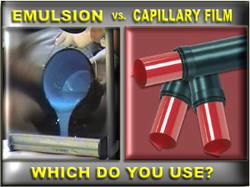 As a screen printer, you make screens on a regular basis. For your stencil making, we'd like to know if you coat your screens with emulsion, capillary film, or use both on a regular basis. Find out the results of our worldwide survey...
0 Comments
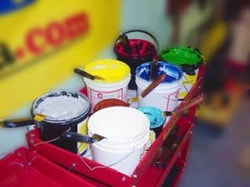 One of the wonderful features of printing with plastisol ink is the ability to print “wet on wet.” Printing wet on wet simply means you can print each successive color without usually having to flash (or dry) any of other colors in between. We use the word “usually” guardedly as there will be some jobs (especially on dark shirts) when wet on wet printing will cause smearing and affect the print quality. 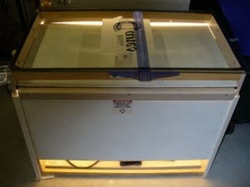 Exposing a screen is one of the essential steps of the screen printing process. The phrase “burning” a screen has become a popular way to describe the exposure of an emulsion-coated screen to a light source, so throughout this article, you will see both terms being used to describe the same process. You can burn a screen from many light sources including the sun! The best light sources are those high in UV (ultra-violet) light. 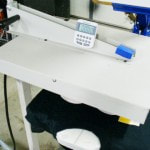 ALL ABOUT FLASH CURING A SCREEN PRINT If you are starting up your shop on a small budget, you may only be able to afford a flash cure unit to completely cure the prints on your shirts. It is possible to start and operate a small T-Shirt screen printing shop with just a flash cure unit. In fact, a textile dryer (the ideal method for curing) is essentially nothing more than a belt driven chamber that usually contains the same type of heating elements that you find in a flash cure unit.  If you have built your own exposure unit, you have most likely discovered that holding a screen firmly against the glass and the film positive during the exposure process can be a problem. Each screen burning session often becomes a trial and error process that produces inconsistent results. What you need is a device that will work effectively each and every time you burn a screen. There is a simple solution to this problem.  HOW TO PRINT ON THE LEFT CHEST One of the most popular imprint areas on a shirt is a left chest print. In the industry, a left chest print always refers to “left chest as worn” on a shirt. This means that the imprint will appear on the left side of the shirt when an individual is wearing the shirt. Sometimes the left chest print will be the only print on the shirt. Other times the back of the shirt will also be printed. If you are printing the front and back of the shirt, it does not matter which side of the shirt you print first. You should be able to print the left chest print faster since it is smaller in size, requires less ink and effort to print. 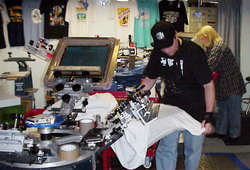 An important aspect of screen printing a T-Shirt properly is getting the print straight on the shirt. A print that is not square and runs up or down hill will surely end up in the rag pile. Once you line up the screen to the image to be printed, you should be ready to print a full run of shirts without the screen moving. Then it is as simple as putting each shirt on the platen in the same place to get a consistent placement of the image. 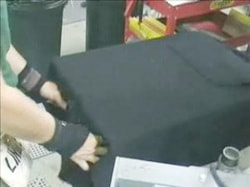 Printing on sweats can be very profitable but requires different printing techniques. There are a few things to watch out for when printing sweatshirts or sweatpants. First, you will need to use more platen adhesive than usual to hold the garment in place and the sweatshirt or pant will absorb some of the adhesive. As a result, you will need to apply new adhesive to the platen typically after every third shirt. Failure to have adequate adhesive will cause the garment to lift resulting in a shadow print and a ruined garment. A word of caution is to not use too much adhesive as it will remain on the inside of the garment until laundered. 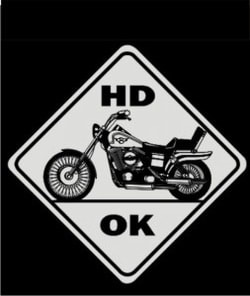 Unlike printing on white or other light colored t-shirts, printing dark colored t-shirts can present certain challenges. There are certain tips and tricks to printing dark shirts. In this article, we try to cover everything you need to know about printing on darks ranging from the PFP (Print-Flash-Print) technique, to the proper mesh counts, to the time saving “coating stroke” technique. GENERAL CONCEPTS Multi-color printing on dark shirts will almost always involve the use of an underbase. An underbase (usually printed with white ink) is used to “seal” the surface of the garment and to provide for a white background on which the artwork will be printed.Furthermore, single color printing on dark shirts is best achieved with the use of specially formulated ink known as “super opaque” to achieve the opacity of an acceptable print. |
AuthorASPA Staff ArchivesCategories
All
|
Copyright © 2004-2024 American Screen Printing Association Inc. (ASPA) | The #1 Ranked Screen Printing Association on the Web | All Rights Reserved.


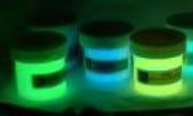
 RSS Feed
RSS Feed